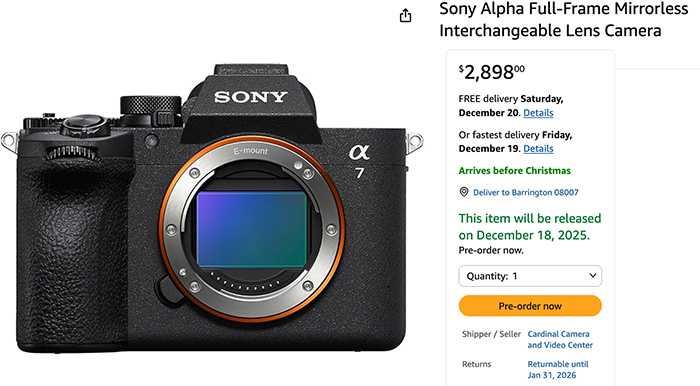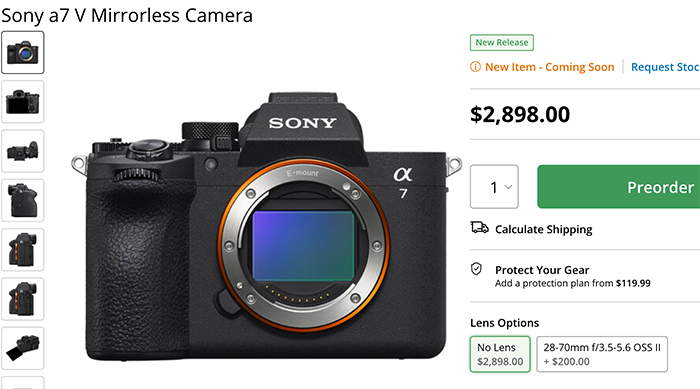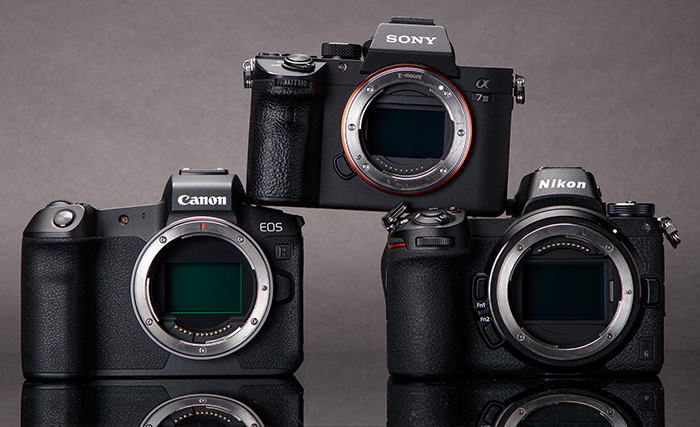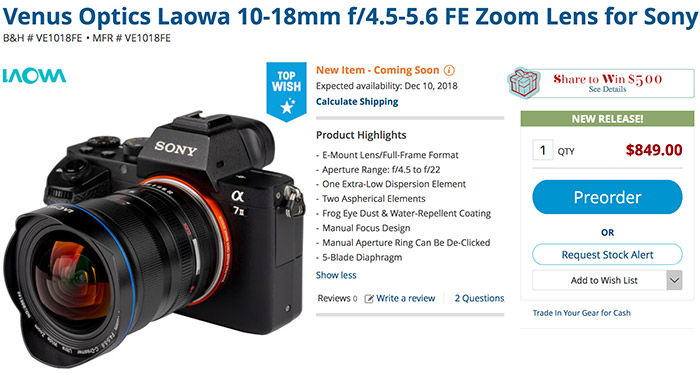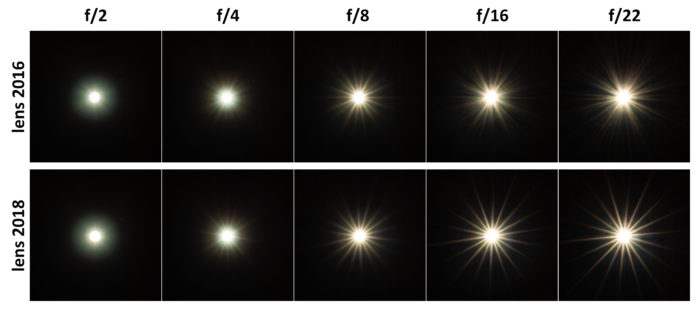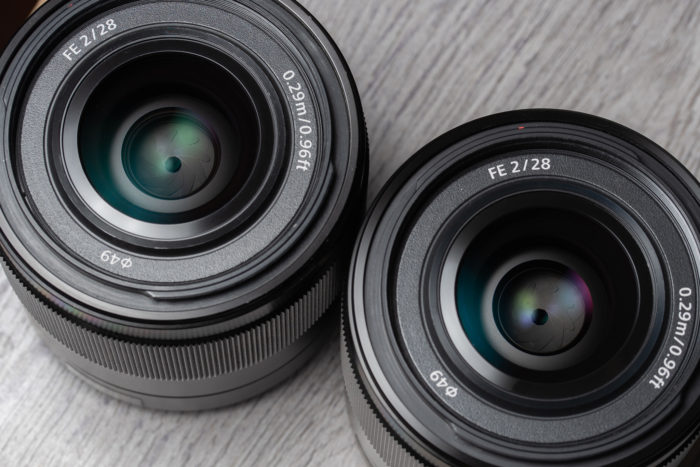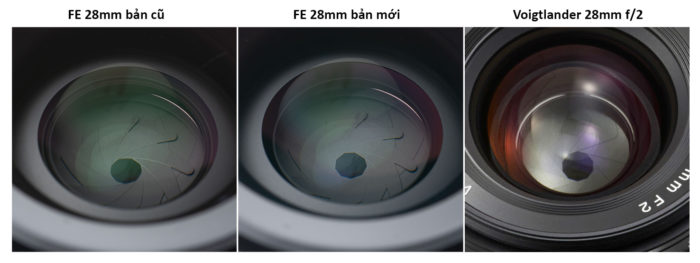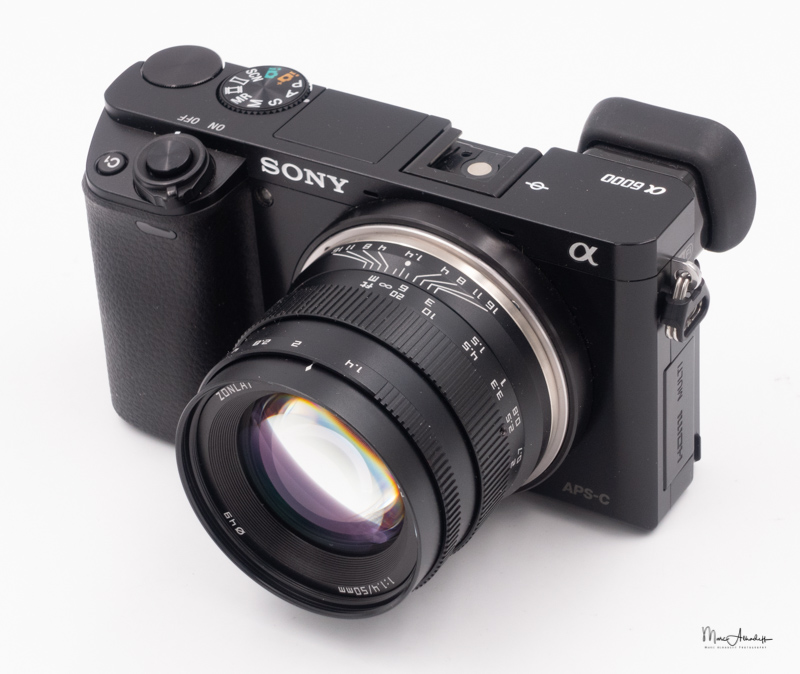New Kipon Ibelux 40mm F0.85 Mark II tested by Marc Alhadeff
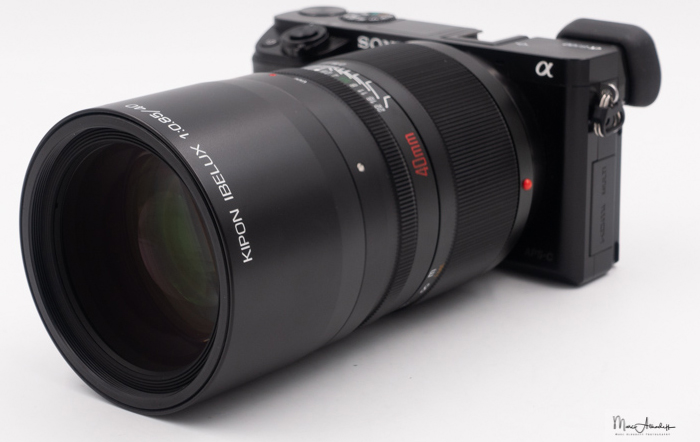
Marc Alhedeff from Sonyalpha.blog tested the new version of the world’s fastest native E-mount lens. He writes:
The Kipon Ibelux 40mm F0.85 Mark II (1800 euros) is a nice upgrade of the Handevision 40mm F0.85 with mainly better color rendering and better resistance to flare which were 2 flaws of the V1 . I wished they had strengthen the dampening of the focusing ring but it has remained as it it
Pros
- Very good build quality
- Excellent sharpness in the centre as of F1.4, good at F0.85 and F1
- Spectacular portrait with creamy background at F0.85 / F1
- Superb background blur
- good color rendition
- good resistance to flare
- correct contrast at F0.85 (V1 was weaker)
Cons
- Difficult to focus at F0.85
- extremely heavy and unbalanced on Sony A6000
- very expensive (1800 euros)
- CA up to F1.4
- Long min focusing distance : 75 cm
You are supposed to use this lens most of the time at F0.85 / F1 as you have many options starting at F1.2.
Wide open and at F1 , this lens can produce very beautiful portrait and half body photos with a very smooth blurry background and sufficient sharpness but it requires some patience and a lot of trials/errors in the beginning, but you quickly improve to focus at F0.85
With the improved coating and better color rendition I would not hesitate to use it at F0.85 whereas for V1 as was closing down to F1.4 to neutralise the color cast
